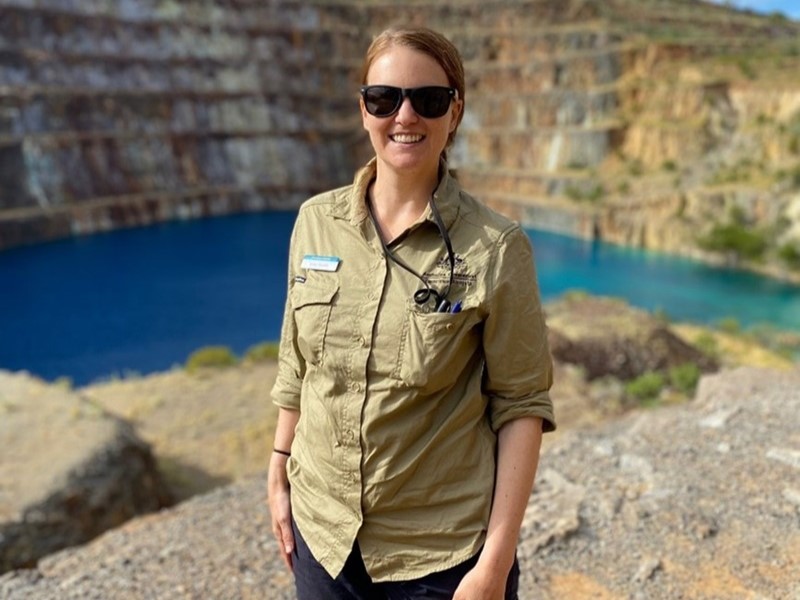Key points
- Quartz has piezoelectric properties - the ability to generate an electric charge when under pressure.
- It is vital for producing silicon used in the production of photovoltaic cells in solar panels and silicon wafers in semiconductors.
- Finding deposits that meet the purity requirements remains the challenge.
Quartz, a form of silica (SiO2), is the second most abundant mineral in the Earth’s crust. It's found in various types of rocks, including metamorphic rocks (transformed under intense heat and pressure), igneous rocks (formed from solidified molten rock), and sedimentary rocks (formed by compacted and cemented sediments).
Quartz also occurs in unconsolidated sediments. Its distinct structural and chemical properties make it suitable for a wide range of everyday applications.
The many uses of quartz
Historically, quartz has been seen as a valuable mineral for many different reasons.
It has been used for millennia as a key material used in the creation of the stone tools that were used for tasks like cutting and scraping.
In more recent history, it was discovered that quartz has piezoelectric properties (the ability to generate an electric charge when under pressure), which made it a valuable component in precision devices like clocks, watches, and early electronics.
From a commercial standpoint, varieties of quartz like amethyst and citrine are considered semi-precious gemstones and often feature in pieces of jewellery.

Today, quartz is vital for producing silicon, a critical mineral. High-purity quartz, with exceptionally low impurity levels, is necessary for manufacturing the glassware and equipment used in refining silicon for high-tech applications.
Silicon is used in numerous applications, including high-performance alloys, chemical compounds, photovoltaic cells in solar panels and silicon wafers in semiconductors.
Despite the abundance of quartz in Australia, finding deposits suitable to support these high-tech applications remains challenging due to strict purity requirements.
The quest for high-purity quartz
Not all quartz deposits have the physical and chemical characteristics required for silicon production, and known economically viable deposits are very rare in nature. To be suitable for silicon production, quartz must have a purity level greater than 98 per cent. The higher the purity, the more useful the quartz becomes.
Geoscience Australia, CSIRO and Australia’s Nuclear Science and Technology Organisation (ANSTO) are collaborating through the Australian Critical Minerals Research and Development Hub, hosted by CSIRO. Together we're exploring opportunities to unlock Australia’s potential for producing high-purity quartz.
As part of this initiative, Geoscience Australia is conducting a detailed national mineral potential study to identify silica deposits suitable for silicon production and high-purity quartz. This study will map the favourable geology and regions across Australia with the greatest potential to support the nation’s silicon production needs.
Geoscience Australia Geochemist and High Purity Silica Project Leader Kristy Guerin is passionate about her quartz research and its contribution to a clean energy future.

“Currently, Australia only has one operational mine dedicated to ore extraction for silicon production. But as demand for green energy and high-tech applications grows, so does the need for a secure supply of quartz,” Kristy said.
“My research focuses on identifying geological formations in Australia that contain quartz deposits with desired purity levels. By applying techniques that use lasers and X-rays, we can assess the composition of quartz samples at a detailed level which helps us locate prospective areas.
“Our overall aim with this study is to be able to guide mineral exploration efforts and provide valuable information to support the discovery and sustainable development of resources essential for a net-zero future.”
To complement this work, ANSTO is developing processing methods to produce high-purity quartz from Australian quartz and silica sand projects.
